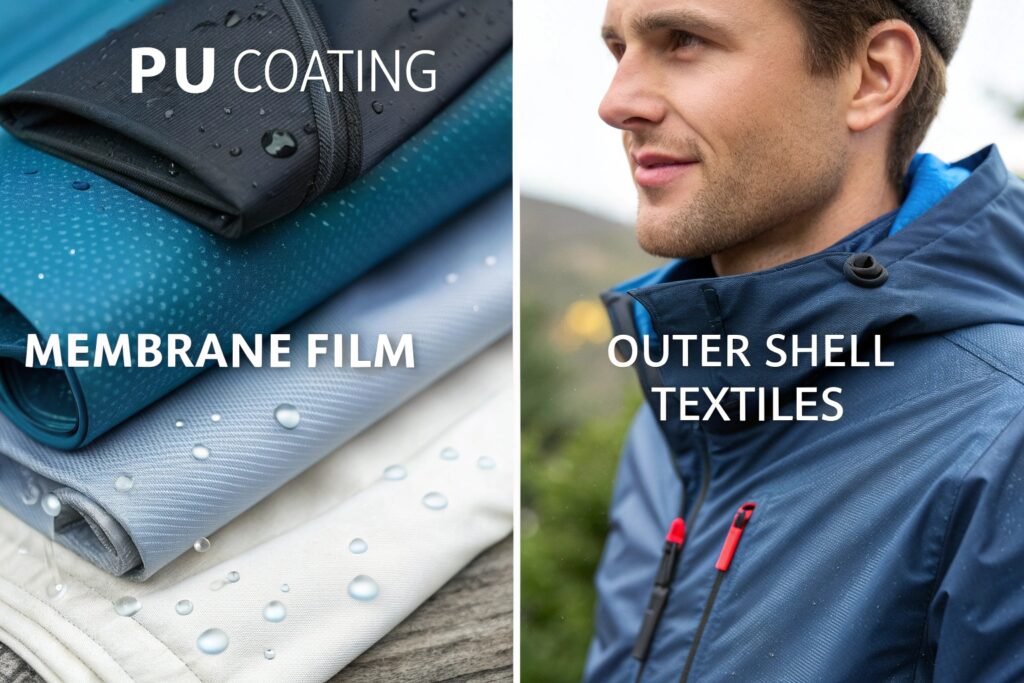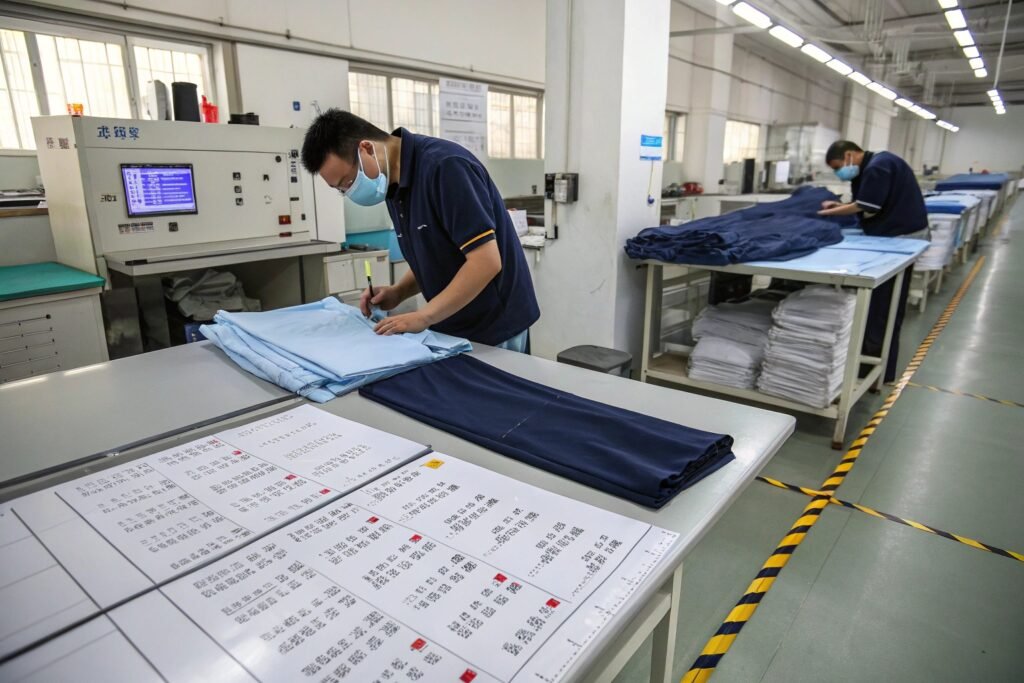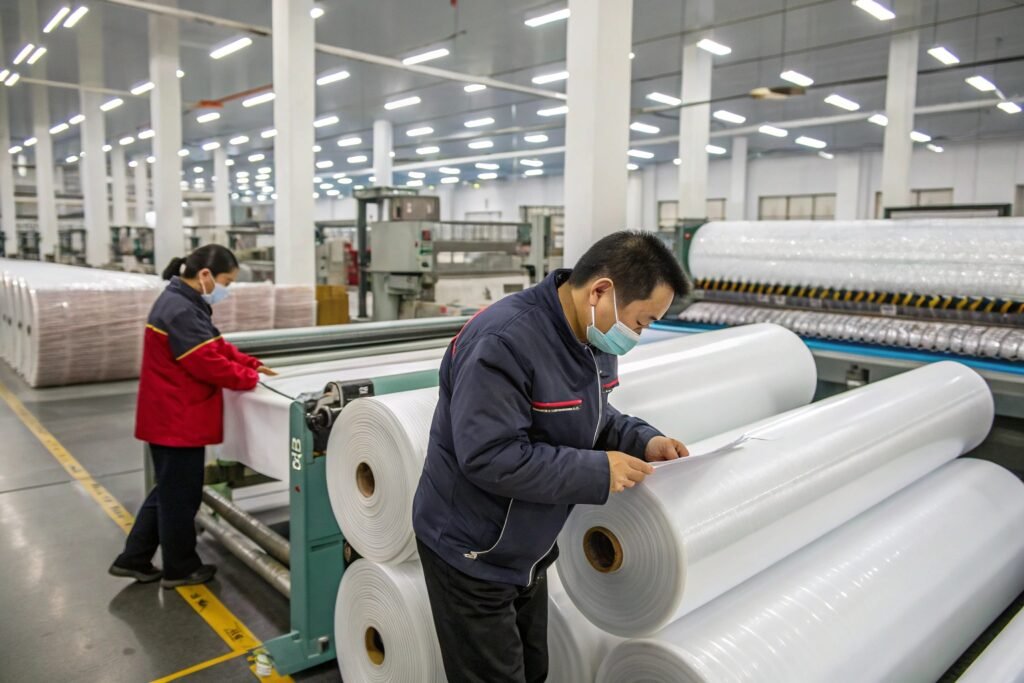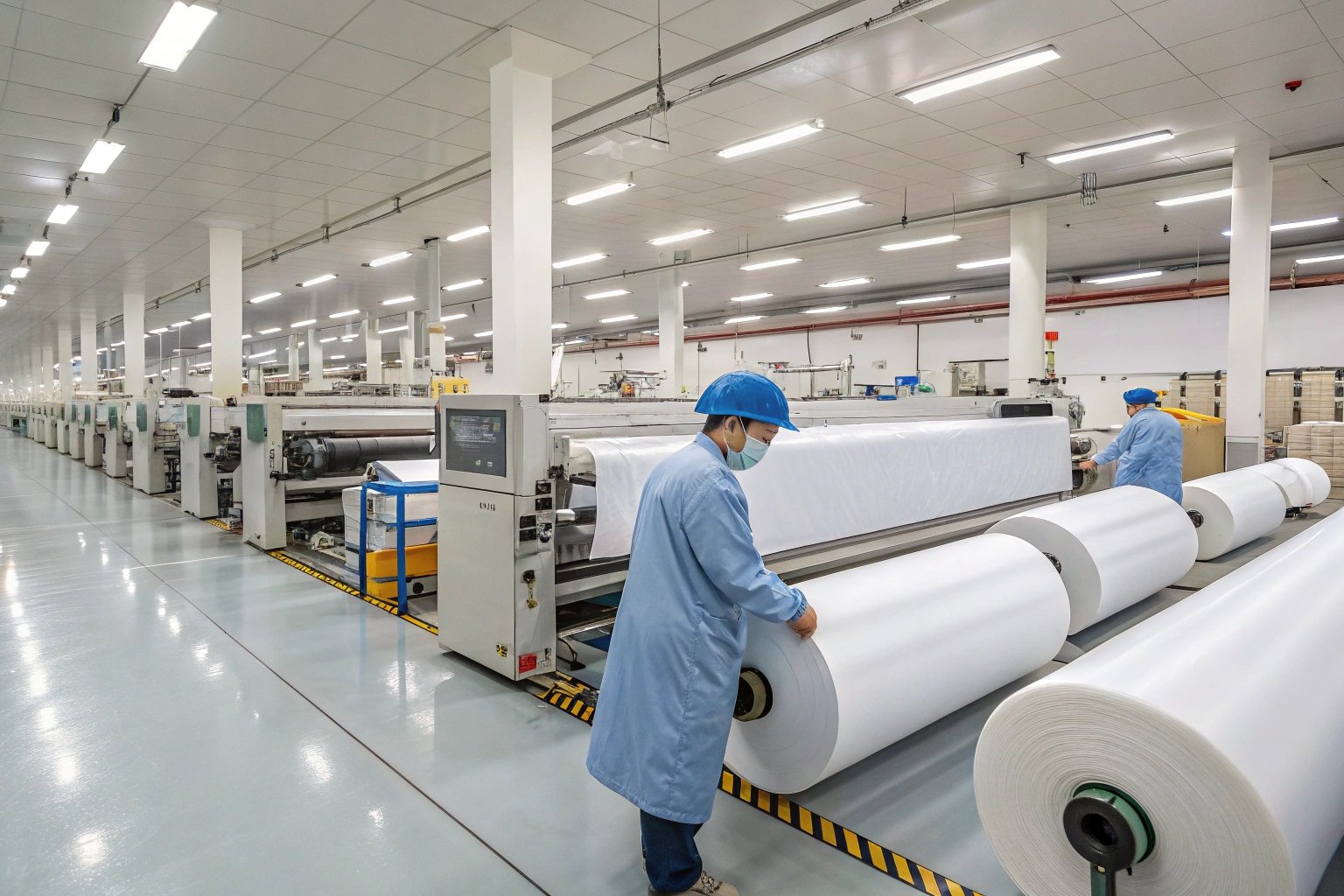If you’ve ever dealt with wet-weather clothing sourcing, you know the challenge: waterproof doesn’t always mean comfortable. And breathable fabrics often lack true waterproofing. As a fabric manufacturer in Keqiao, China’s textile capital, I hear this complaint often from brand buyers, factory owners, and startup founders alike. They want a reliable, high-quality waterproof breathable fabric supplier—but they don't know where to begin.
To source waterproof breathable fabric successfully, you must understand fabric types, know how to evaluate suppliers, and ensure both lab certifications and supply chain reliability.
Let’s explore exactly how to source waterproof breathable fabrics, whether you’re building high-performance jackets or launching a new line of outdoor kidswear.
What Are Waterproof Breathable Fabrics Made Of?
Fabrics labeled “waterproof breathable” achieve both rain protection and vapor release. But what makes that possible? The answer lies in technical layering and advanced materials.
Most waterproof breathable fabrics are made with a multilayer structure involving a water-repellent outer layer, a microporous or hydrophilic membrane, and sometimes a lining. Popular compositions include PU, TPU, or PTFE coatings laminated onto woven polyester or nylon.

What Is the Function of Each Layer?
The outer layer (often polyester or nylon with DWR coating) repels surface water. Beneath it, the membrane blocks water entry but allows vapor to pass. Finally, inner layers (like tricot) provide comfort and structure. The combination offers durability, wind resistance, and body moisture regulation.
What Material Options Are Common in China?
In our own Zhejiang region, we develop:
- PU-coated polyester (cost-effective and soft)
- PTFE laminated nylon (high-end performance)
- TPU membrane with recycled polyester (eco option)
These cater to sportswear, outerwear, hiking, and children’s rainwear buyers from the US and EU.
What Certifications Should Waterproof Fabrics Have?
Brands care deeply about waterproof ratings—but technical buyers also need lab-backed assurance. So how do you verify fabric performance?
Waterproof breathable fabrics should be tested and certified for hydrostatic pressure resistance, MVTR (moisture vapor transmission rate), and environmental safety. Look for SGS, ITS, or CNAS-certified reports.

What Are Standard Testing Metrics?
| Test Type | Purpose | Standard Rating |
|---|---|---|
| Hydrostatic Head | Water pressure resistance | ≥ 5,000mm (good), ≥10,000mm (excellent) |
| Moisture Vapor Transmission | Breathability | >5,000g/m²/24h (basic), >10,000g/m²/24h (premium) |
| AATCC 127 / ISO 811 | Waterproof certification methods | Global benchmark |
Third-party test reports ensure you’re not just taking a supplier’s word. At Fumao, our CNAS-accredited lab handles all of this in-house, so clients can track every batch via QR codes.
Should You Ask for More Than Just Waterproofing?
Yes. Especially for outerwear, ask suppliers to test for:
- Colorfastness to rubbing and washing
- Tear strength
- Seam sealing compatibility
- Breathability after 5 washes
Where Are the Best Suppliers Located?
If you're sourcing waterproof breathable fabric at scale, location matters. Why? Because where your supplier is based affects their raw material access, testing capacity, and shipping time.
Keqiao, Zhejiang, is Asia’s largest textile hub and home to 80+ technical fabric factories, including ours. We supply waterproof breathable fabrics to US and EU clients who prioritize both quality and delivery speed.

What Makes Keqiao Ideal for Outerwear Fabric?
- Integrated dyeing, weaving, lamination, and coating factories
- Fabric R&D talent pool
- Proximity to Ningbo/Shanghai ports
- Lower MOQ than coastal cities
Many of our clients—whether they’re from the US, Russia, or Southeast Asia—come visit Keqiao trade shows, then finalize deals on-site after reviewing bulk samples and test reports.
Are All Chinese Suppliers the Same?
No. Some resellers pretend to be factories. Others cut corners with low-cost laminates. Always check:
- Factory ownership or inspection videos
- Certifications like OEKO-TEX or GRS
- In-house QC or external only?
How to Evaluate Fabric Performance Before Ordering?
You’ve found a supplier. Samples look good. What’s next? Before bulk ordering, you need hard data and clear communication.
Request lab dip approval, performance data sheets, physical swatches, and video demos of water tests. Ask for A/B comparisons with known brands to benchmark results.

What Questions Should You Ask Suppliers?
- Can you share hydrostatic and MVTR reports for this batch?
- Do you have similar fabrics used by top brands?
- What’s the MOQ and bulk lead time?
- How do you handle lamination defects or color mismatch?
How Do You Avoid Surprises in Bulk Orders?
- Always approve lab dips with a signed card
- Set tolerances for GSM, width, coating thickness
- Use QC checklist with shrinkage and delamination specs
- Ask for pre-shipment photos or video
At Fumao, we use QR-code labeling for every production lot. This allows clients to track fiber origin, waterproof ratings, color lot, and even container details.
Conclusion
Sourcing waterproof breathable fabric is about more than just price. For outerwear brands in the US and Europe, performance, certification, and reliability are key. You need materials that stand up to storms—and suppliers that stand by your side.
From our base in Keqiao, we at Fumao Fabric work directly with buyers to provide test-backed, globally certified, and customizable waterproof fabrics. Whether you're outfitting hikers or creating kids' raincoats, we’ve got you covered—literally.










